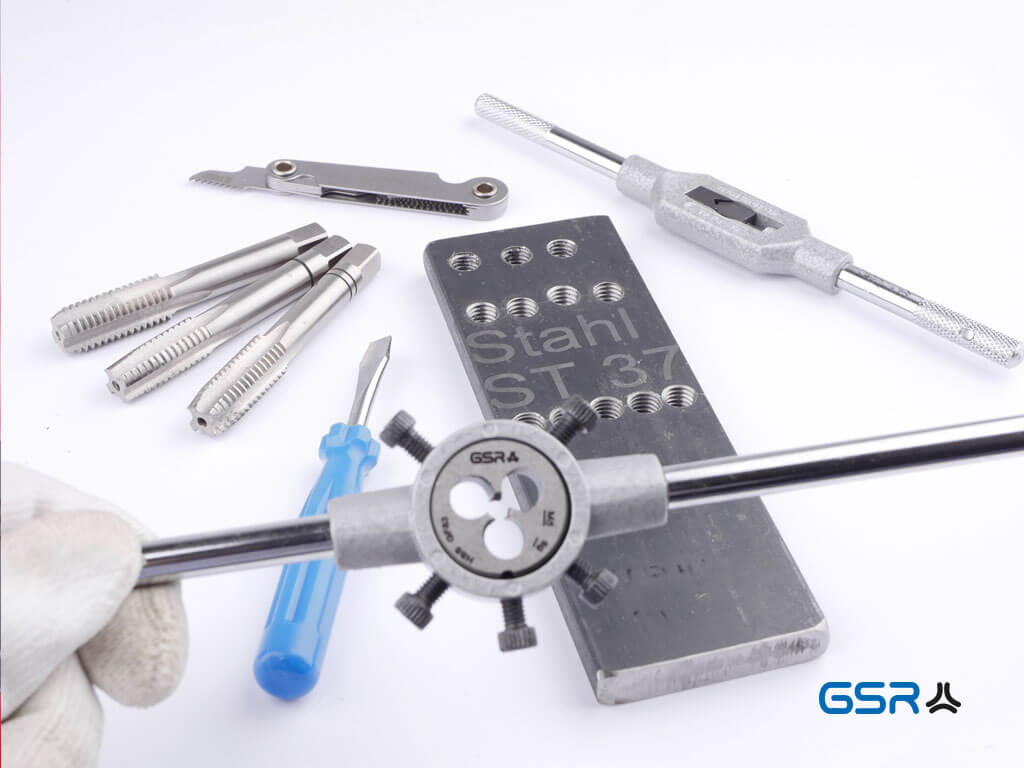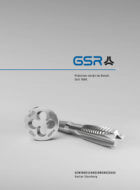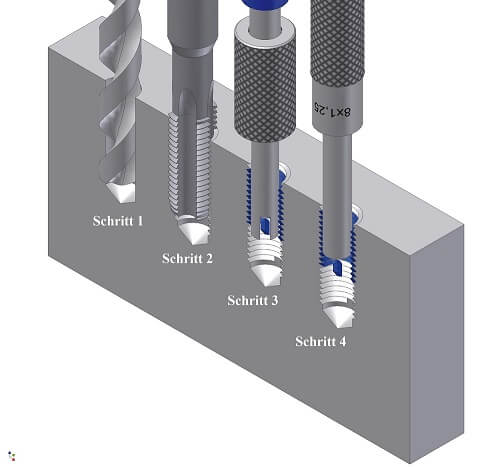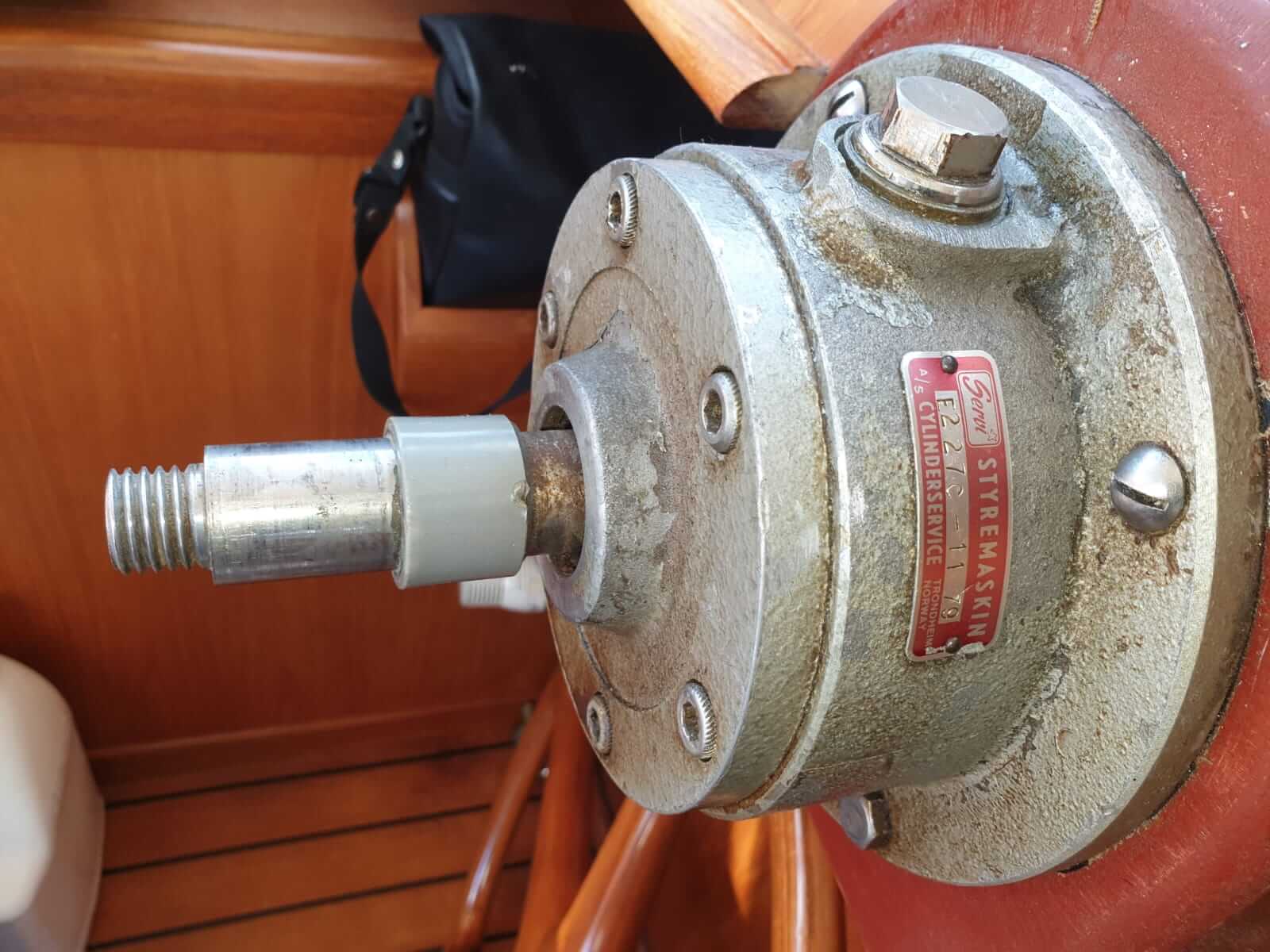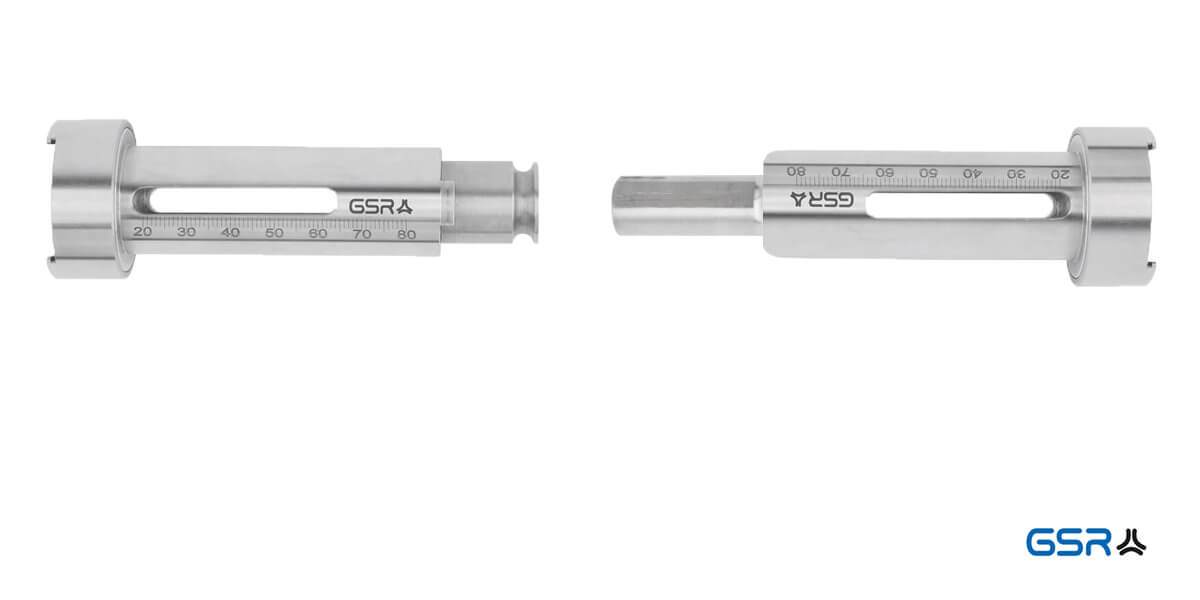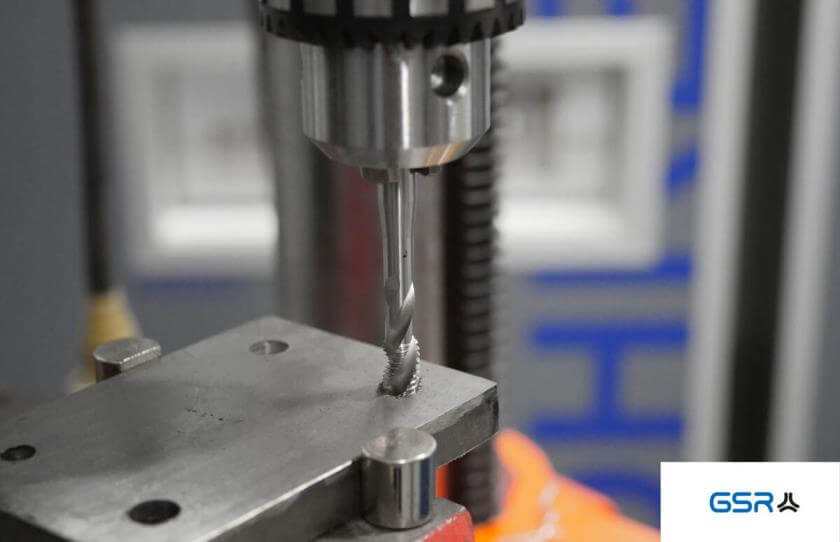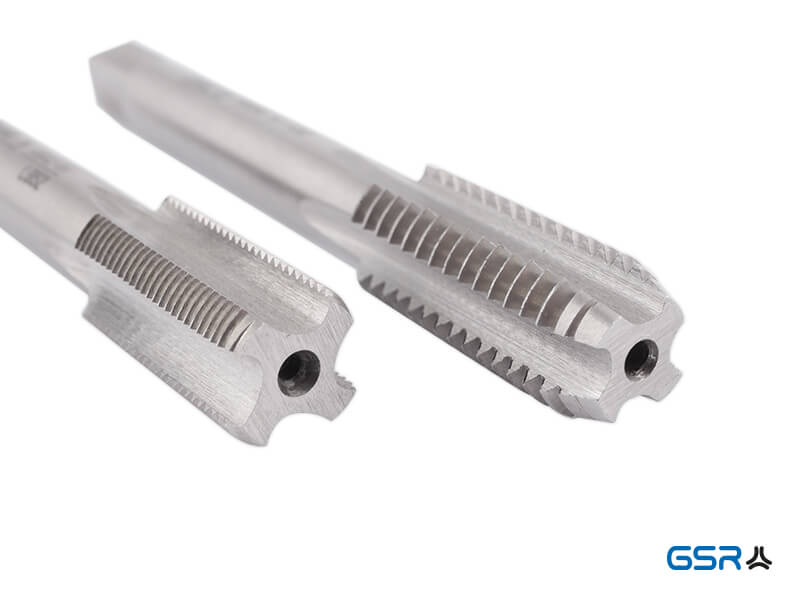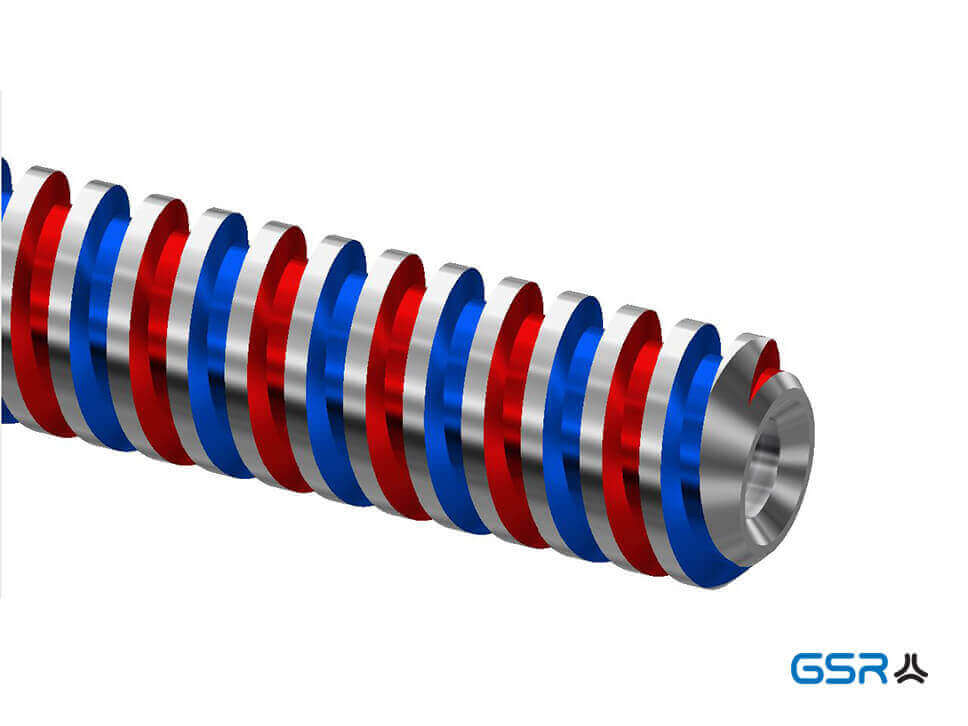The thread depth
When selecting the right tap, the type of bore plays an important role in addition to the type of material. Two characteristics determine the type of core hole: the hole depth and the type of hole (through hole or blind hole).
The type of hole is usually determined by the technical design of the thread environment and cannot usually be changed. The basic rule for a through hole is that the chips can be discharged downwards. A peeling cut is suitable here. With a blind hole, the chips must be discharged upwards. The spiral groove design has proven to be the best solution here. Please also read our article: flutes for taps.
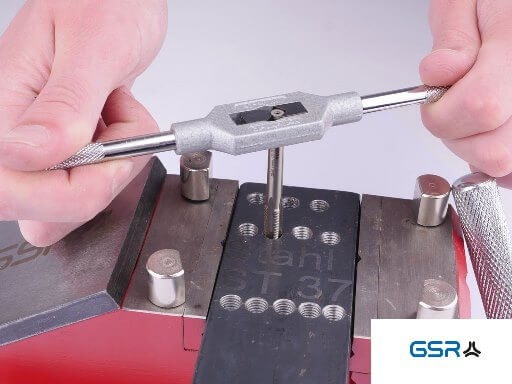
Thread depth and screw-in length
The screw-in length is also important for the quality of the threaded connection, but here, as so often, less is more. Thread depths that are 2 x d or even 3 x d always ensure critical processes during thread production.
Thread depths greater than 3 x d should be avoided like the devil avoids holy water. Up to 3 x d, you can use a right-hand cutting tap with a groove geometry of 15 degrees left (LSP).
Perhaps a straight fluted tap with form D will also work with a three to five turn lead, if the hole is deeper than the thread depth around this area.
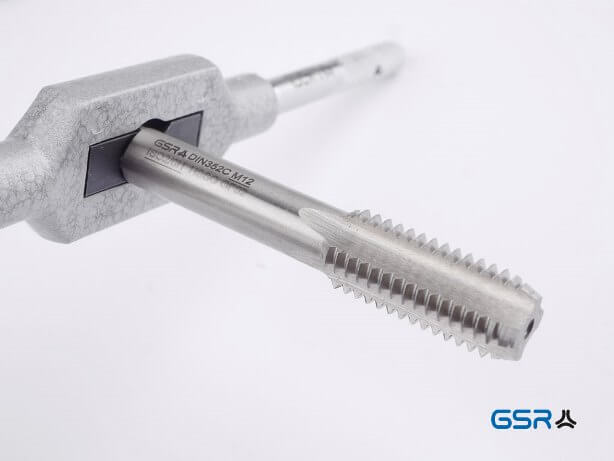
Finally a few tips for a good core hole drilling:
- The shorter the drill, the better the result. Here is our recommendation:
| Drill type according to Din cylindrical | Hole depth |
| DIN 1897 | 3 x d |
| DIN 338 | 5 x d |
| DIN 340 | 10 x d |
And please also pay attention to the following:
- Stable workpiece clamping
- Correct feed
- Correct cutting speed
- Sufficient coolant supply

